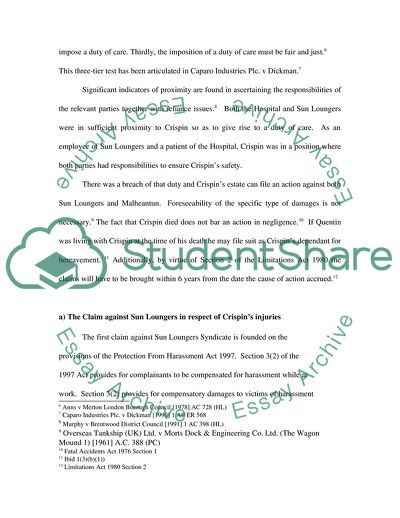Cite this document
(The Duty of Care Case Study Example | Topics and Well Written Essays - 2500 words, n.d.)
The Duty of Care Case Study Example | Topics and Well Written Essays - 2500 words. https://studentshare.org/sociology/1705368-tort-1
The Duty of Care Case Study Example | Topics and Well Written Essays - 2500 words. https://studentshare.org/sociology/1705368-tort-1
(The Duty of Care Case Study Example | Topics and Well Written Essays - 2500 Words)
The Duty of Care Case Study Example | Topics and Well Written Essays - 2500 Words. https://studentshare.org/sociology/1705368-tort-1.
The Duty of Care Case Study Example | Topics and Well Written Essays - 2500 Words. https://studentshare.org/sociology/1705368-tort-1.
“The Duty of Care Case Study Example | Topics and Well Written Essays - 2500 Words”. https://studentshare.org/sociology/1705368-tort-1.


